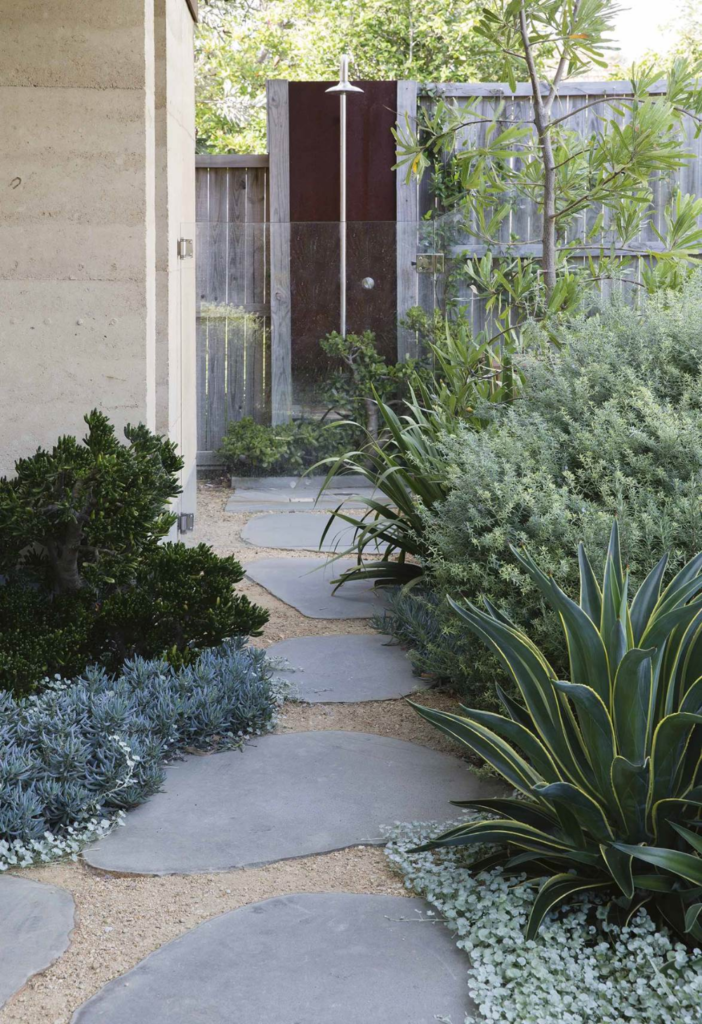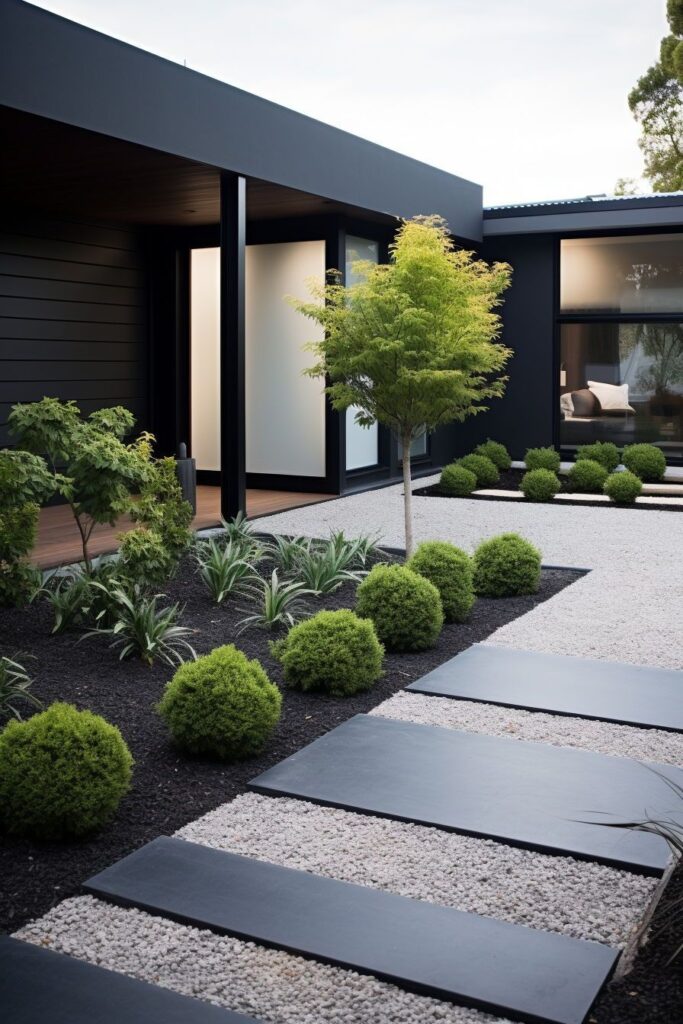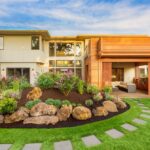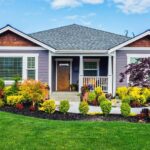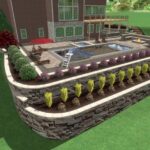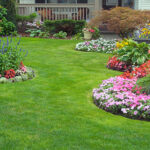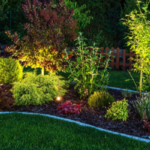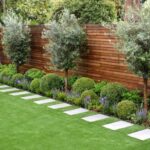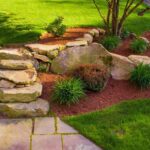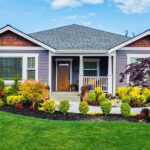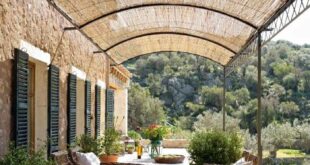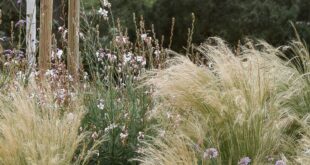Landscaping design is an essential part of creating a visually appealing and functional outdoor space. From selecting the right plants to incorporating hardscape elements, there are numerous factors to consider when designing a landscape that suits your needs and preferences.
One popular landscaping design is the “formal garden” style, characterized by geometric shapes, symmetrical patterns, and neatly manicured lawns. This style is often associated with traditional European gardens and can add a touch of elegance and sophistication to any outdoor space.
In contrast, the “naturalistic garden” design aims to mimic the look and feel of a natural landscape, with a focus on creating a more relaxed and informal atmosphere. This style typically incorporates native plants, irregular shapes, and a variety of textures to create a more organic and harmonious environment.
Another popular landscaping trend is the use of sustainable and eco-friendly design elements. This can include incorporating rain gardens, native plants, and drought-tolerant landscaping to reduce water consumption and create a more environmentally friendly outdoor space.
Incorporating hardscape elements such as patios, decks, pathways, and water features can also add depth and visual interest to a landscape design. These elements can serve both aesthetic and functional purposes, providing additional seating areas, defining spaces, and creating focal points within the landscape.
When designing a landscape, it’s important to consider the overall layout and flow of the space. Properly planning the placement of plants, hardscape elements, and other features can help create a cohesive and visually pleasing design that enhances the functionality and beauty of the outdoor space. By carefully considering these factors, homeowners can create a landscape design that reflects their personal style and enhances the overall beauty and functionality of their outdoor space.

